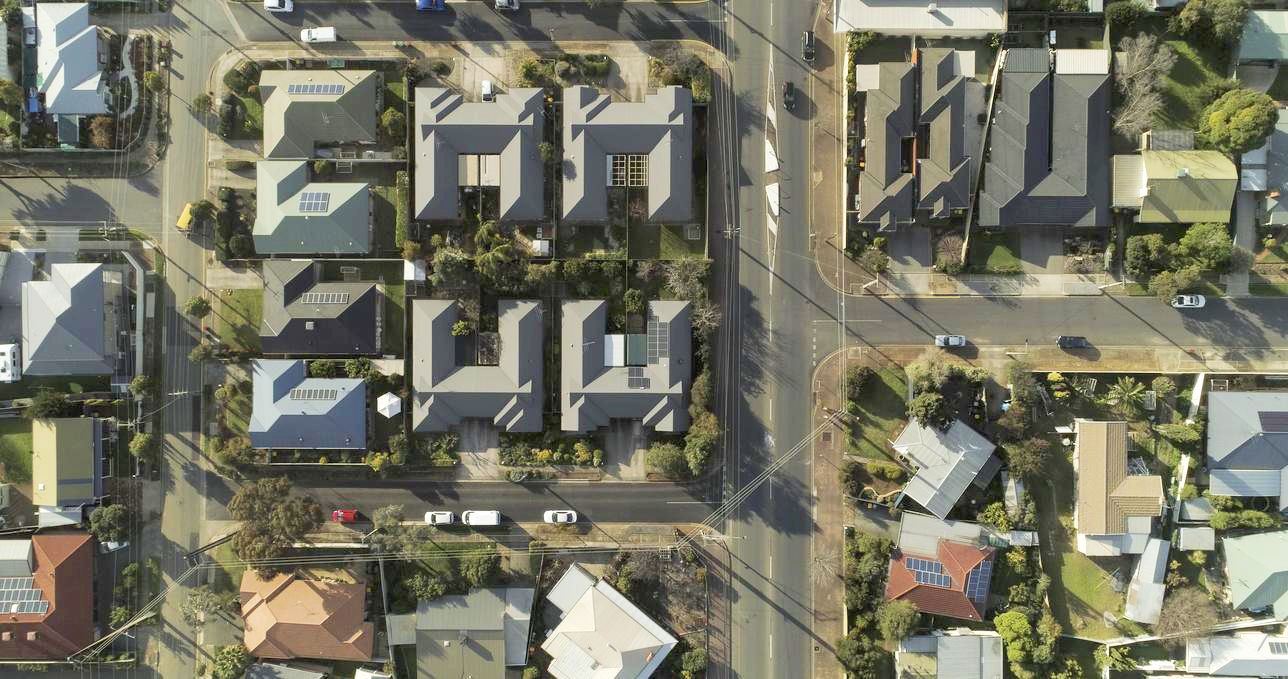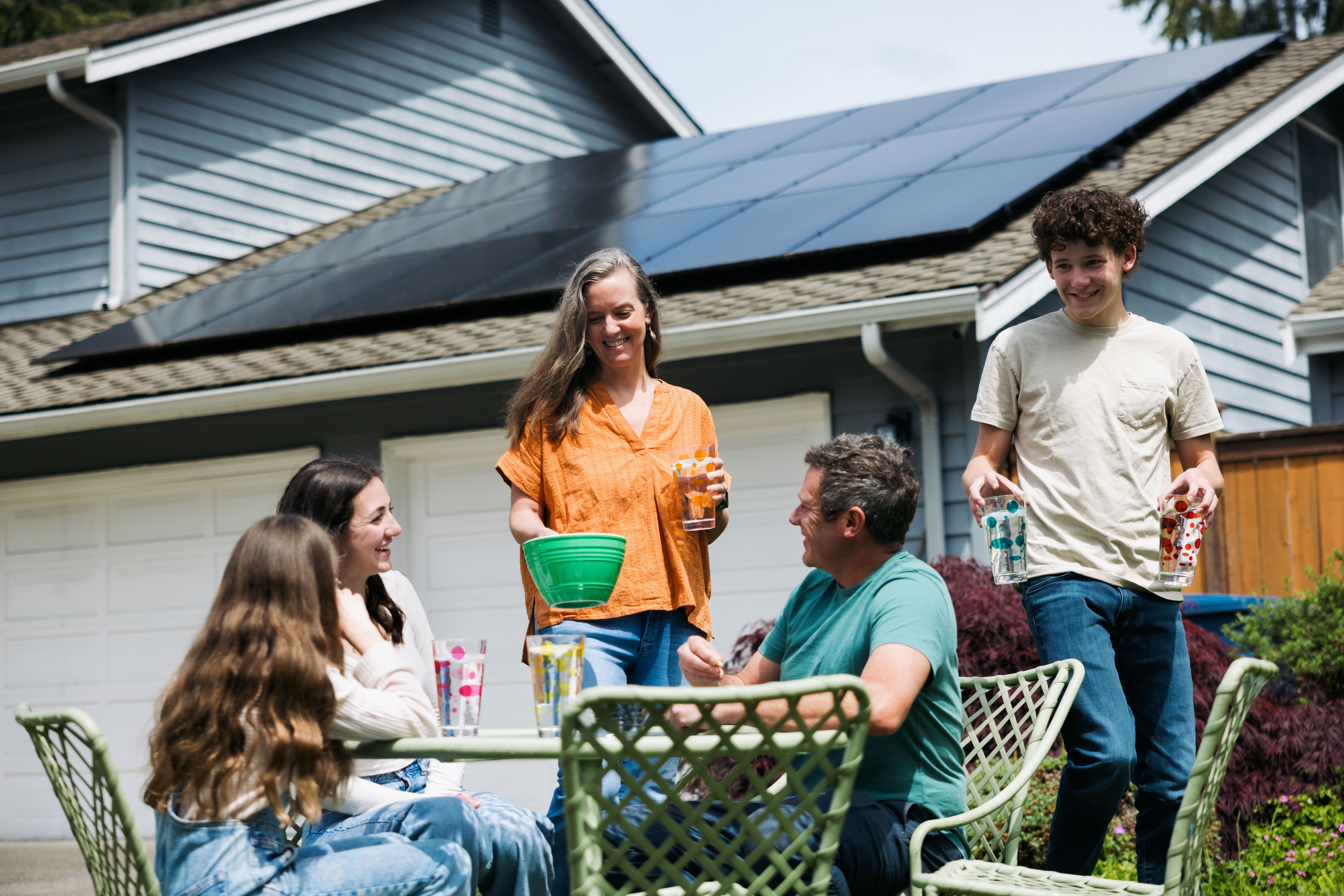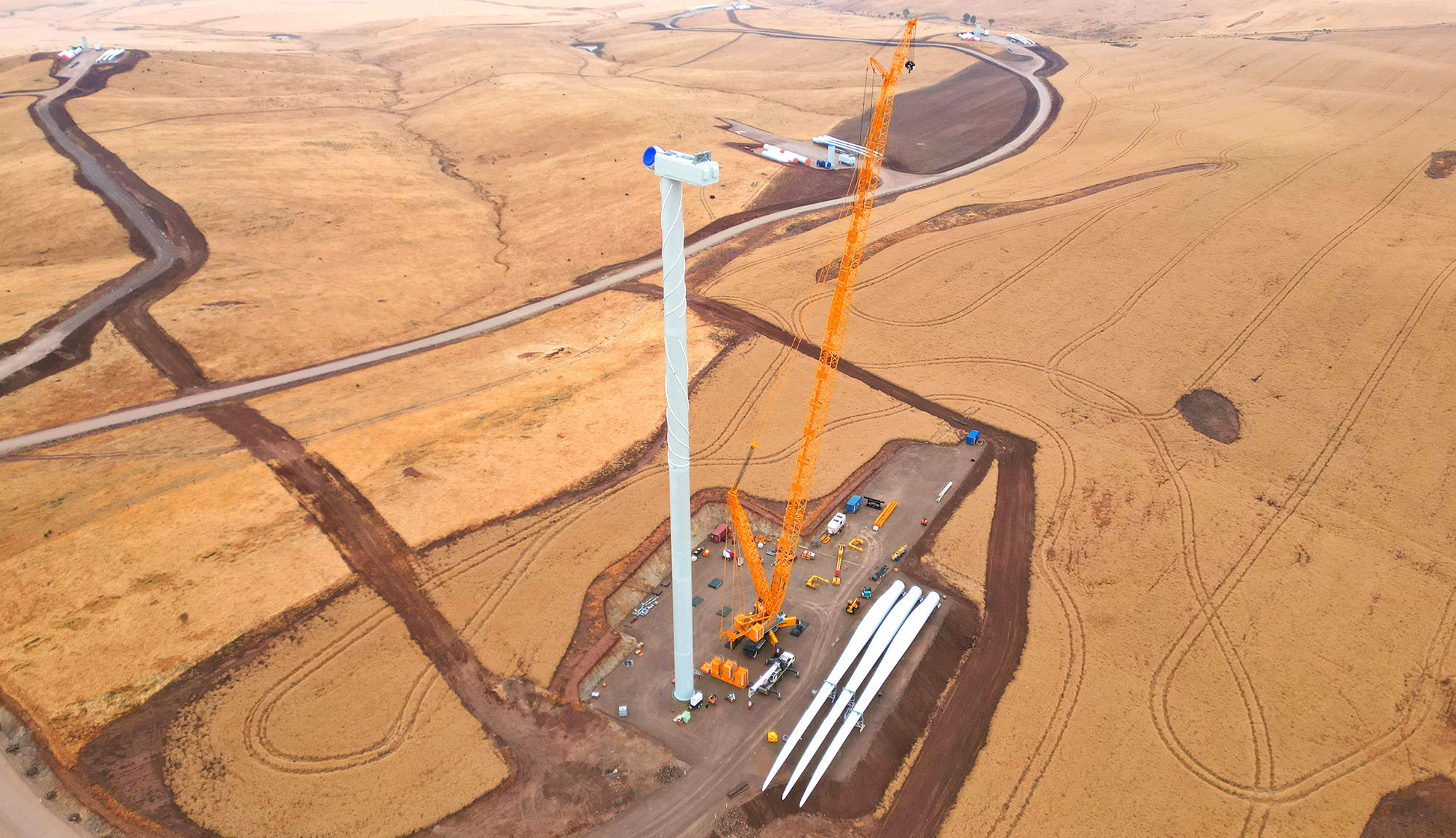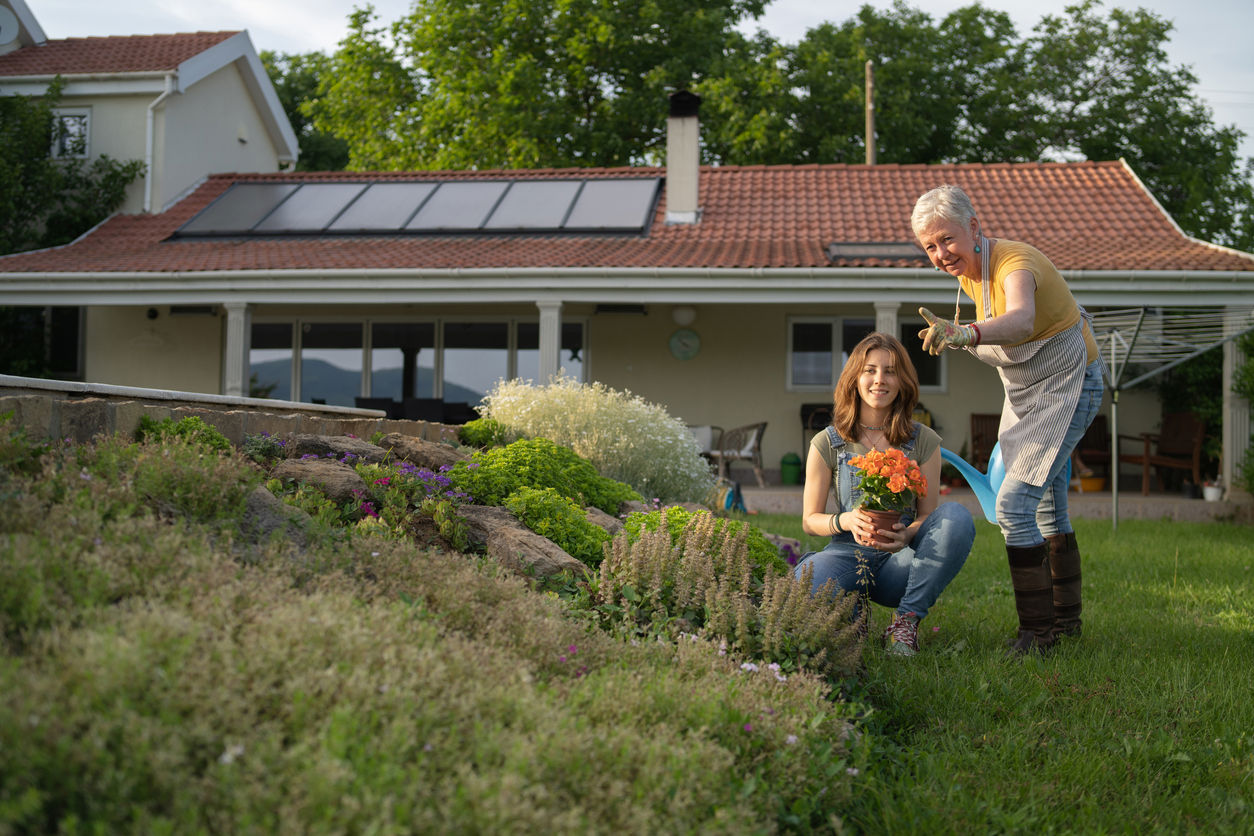
SA creates Australia's largest virtual power plant
Tesla technology benefits public housing tenants and the grid
The South Australian virtual power plant brings together solar-powered homes using Tesla Powerwall battery systems to help participating households reduce their energy costs while also supporting energy grid system strength.
Lower cost
energy for tenants
Supporting
more renewable energy
Australian 1st
program
Tenants are often locked out of the clean energy market because they are unable to install rooftop solar systems on rental properties. The SA VPP is delivering an innovative clean energy solution to Housing SA tenants, drawing on proven and cost-effective technologies. We see VPPs as an increasingly important element of Australia’s low emissions electricity system of the future, supporting the increased integration of our low-cost renewable energy into the grid.Ian LearmonthCEO, CEFC
Our investment
The South Australian virtual power plant (SA VPP) is designed to provide more affordable, reliable and security electricity to South Australians while supporting the State’s transition to a renewables-based economy.
Tesla is developing the SA VPP to create Australia’s largest virtual power plant by bringing together as many as 50,000 solar plus Tesla Powerwall home battery systems. Early phases of the project have involved installing systems in public housing owned and managed by the SA Housing Authority (SAHA).
The SAHA, which is responsible for some 35,000 public housing properties, provides housing services for people who are at risk or in high need and works to provide better housing choices for South Australians.
Early phases of the VPP were supported by grants from the South Australian Government and the Australian Renewable Energy Agency. An initial trial involved 1,000 homes.
More than 4,000 Housing SA homes were benefiting from the program in 2023, with more being added every month.*
Tesla manages the installation of systems and works with electricity retailer Energy Locals, which provides a retail service intermediary role and customer support.
A CEFC commitment of $30 million via a senior secured debt facility was to support phase three of the SA VPP rollout in 2020. The facility was subsequently not required, with the CEFC loan cancelled in 2022.
*Source: Government of South Australia: South Australia’s Virtual Power Plant
our impact
The challenge of rooftop solar
As more Australian households add rooftop solar to the energy mix, the challenge for distribution providers is managing additional supply in existing networks.
AEMO has forecast that rooftop solar could provide 22 per cent of Australia’s total energy by 2040, representing as much as 50 gigawatts of low emissions electricity.
In parallel, embedded battery storage capacity, including VPPs, are expected to make up as much as 30 gigawatts of energy generation, paving the way for VPPs to significantly contribute to Australia’s lower cost, low emissions energy system of the future.
Demonstrating the potential for lower cost energy
The Tesla SA VPP, launched in 2018, demonstrates how virtual power plants can reduce energy costs for participating households, while also contributing to energy system strength, reducing energy costs for other grid users.
The SA VPP uses WiFi technology and sophisticated software to charge and discharge energy from the home battery systems, and trade it on the National Energy Market.
The CEFC commitment to the SA VPP, while eventually not required, helped extend the program to an additional 3,000 homes, enabling Housing SA tenants to sign up for a low electricity tariff and have 5 kW rooftop solar and 13.5 kWh battery storage systems installed at their homes at no cost to them.
The CEFC commitment also supported the demonstration of technical services from networked batteries, such as voltage support, inertia and fast frequency response.
Benefits to the grid
The SA VPP was the first virtual power plant in Australia* to help stabilise frequency levels in the grid and has helped ensure supply during significant transmission interruptions, including:
· Supply outage caused by a power station trip in Queensland in October 2019
· The provision of power to Port Lincoln residents during catastrophic fire conditions in November 2019
· Continued customer supply during unexpected grid disconnections between South Australia and Victoria in November 2019, January 2020, and November 2022.
*Source: Government of South Australia: South Australia’s Virtual Power Plant




